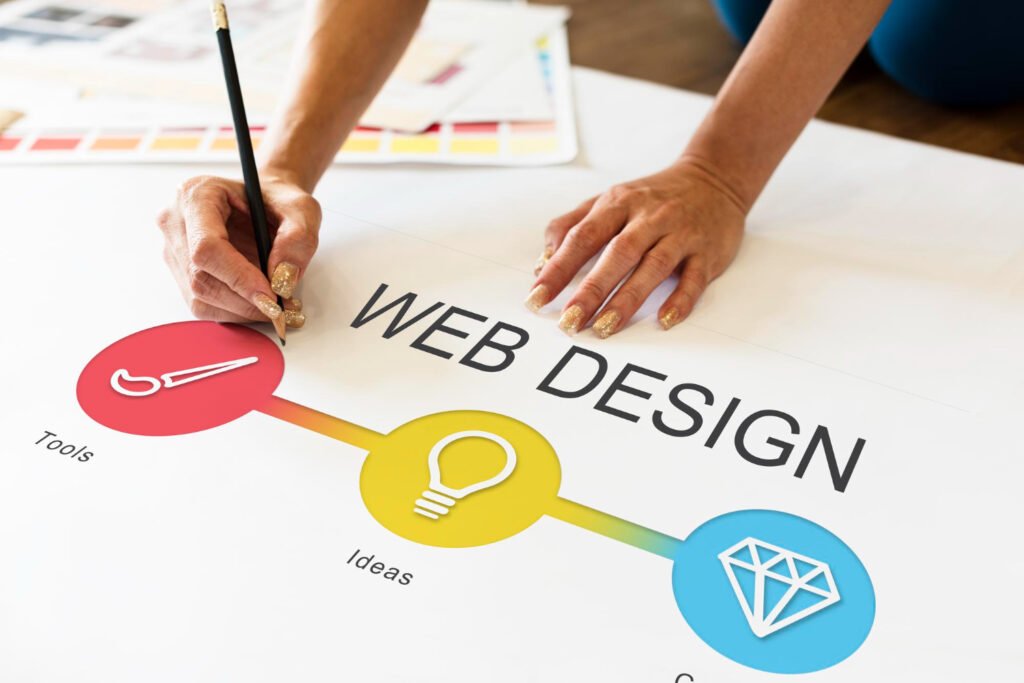
Designing a website is one of the most important investments a business can make in the digital age. However, to ensure the result is exactly what you need and reflects the essence of your brand, it’s crucial to be well prepared before starting. Here is a checklist with the essential elements you should have ready before embarking on your website design.
1. Clear Objectives
Before starting any web design project, it’s essential to clearly define your website’s objectives. Ask yourself: What do I want to achieve with my website? Do I want to increase sales, generate leads, inform my clients, or all of the above? Having these objectives clear from the beginning will guide all design and functionality decisions.
2. Know Your Audience
Knowing who your target audience is key to designing an effective website. Who are your ideal clients? What are they interested in? What problems are they trying to solve? The more information you have about your audience, the more personalized and attractive your site’s design will be.
3. Prepared Content
Content is king, and having it ready before starting the design will save you a lot of time. This includes text, images, videos, and any other material that will be displayed on the site. Make sure the content aligns with your site’s objectives and speaks directly to your audience.
4. Sitemap
A sitemap is a diagram that shows the structure of your website. Define the main sections, such as the homepage, about us, services, blog, and contact. This outline will help you organize the content and ensure users can easily navigate the site.
5. Brand Identity
Your website should reflect your brand’s visual identity. Make sure you have all the design elements ready, such as the logo, color palette, fonts, and any other graphic elements that identify your brand. This will ensure your website is consistent with the rest of your marketing materials.
6. Visual Resources
In addition to textual content, you’ll need high-quality images and videos that complement your site’s design. If you don’t have your own images, consider hiring a photographer or using stock image banks. Remember that visual resources play a crucial role in the impression your site will make on visitors.
7. Specific Functionalities
Before starting the design, think about the functionalities your site will need. Are you going to integrate a shopping cart? Do you need a booking system? What about contact forms or social media integration? Making a list of these functionalities will help you plan and avoid surprises during development.
8. SEO Optimization
SEO (Search Engine Optimization) is vital for your website to be found in search engines like Google. Make sure you have a basic SEO strategy, including keyword research, friendly URL structure, and content optimization. This will ensure your site is well positioned from the start.
9. Budget
Having a clear and realistic budget will help you make informed decisions during the design process. Consider all the costs involved, from design and development to hosting and site maintenance. Knowing how much you can spend will allow you to prioritize and plan better.
10. Maintenance Plan
The work doesn’t end once your website is online. You’ll need a maintenance plan to ensure everything works correctly, stays secure, and is up to date. Consider whether you’ll manage this internally or if you’ll need to hire someone to do it.
Having everything ready before starting your website design not only streamlines the process but also ensures the final result meets your expectations and your business needs. At Cuernosoft, we’re here to guide you every step of the way, making sure your website is not only functional and attractive but also a powerful tool for your business growth. Contact us to start working together on your digital project!